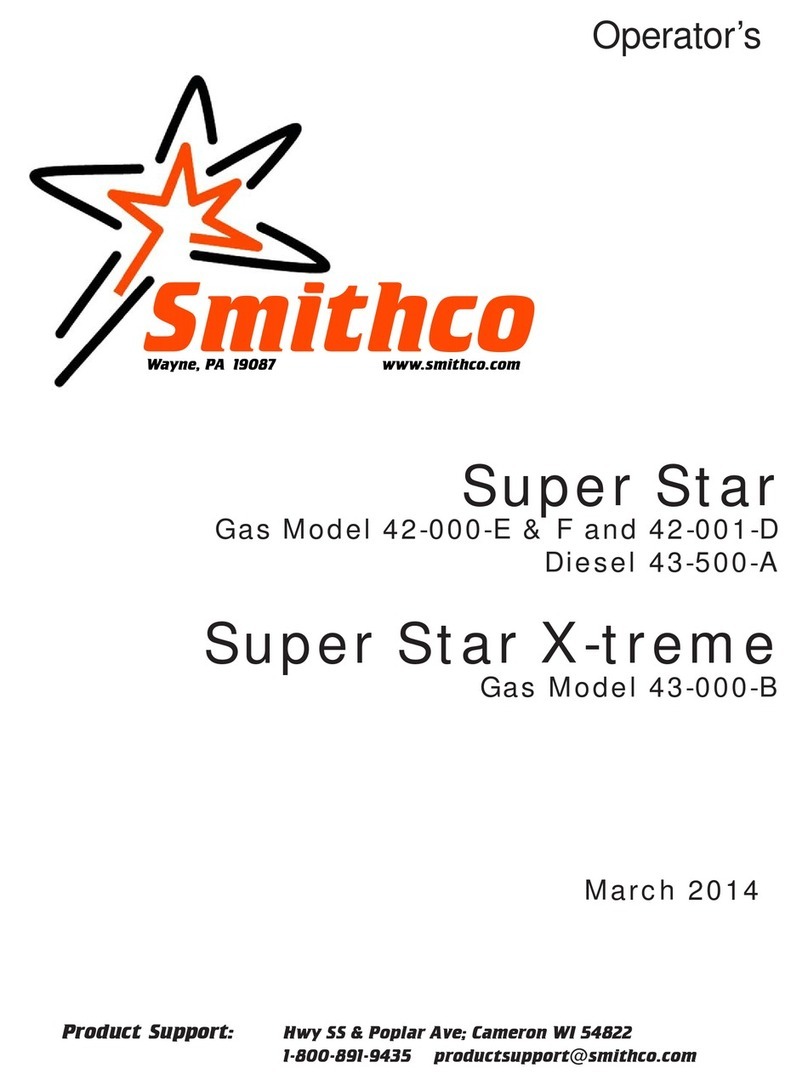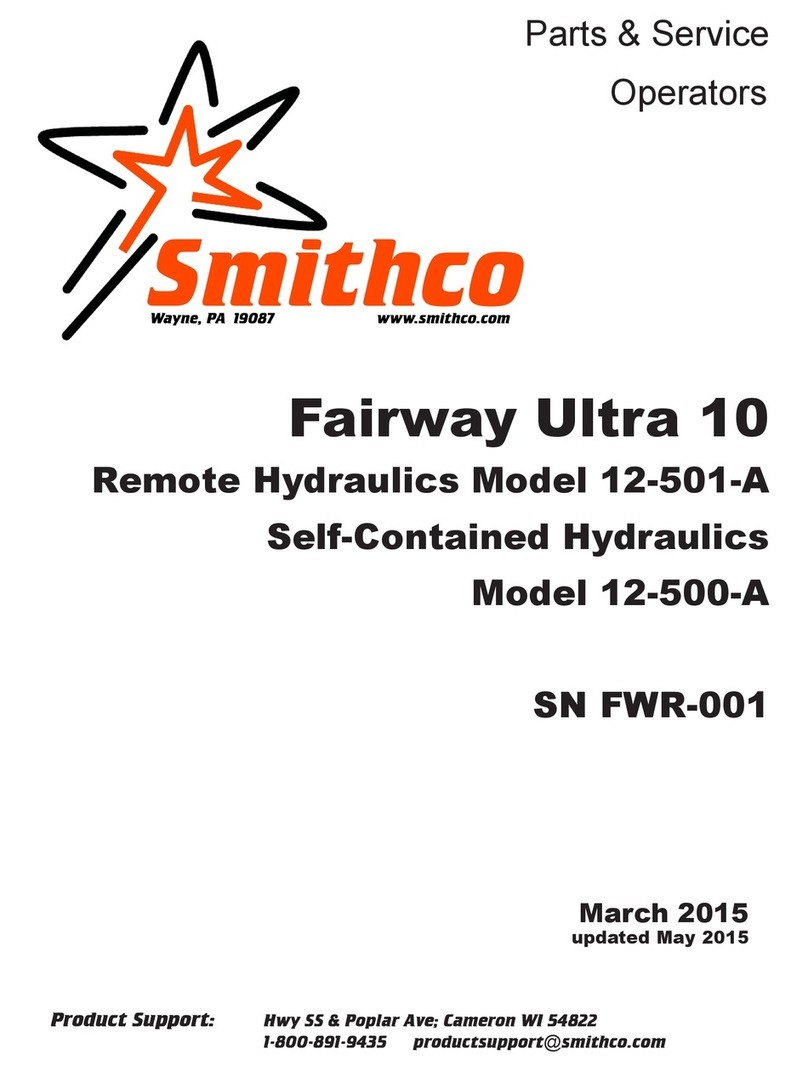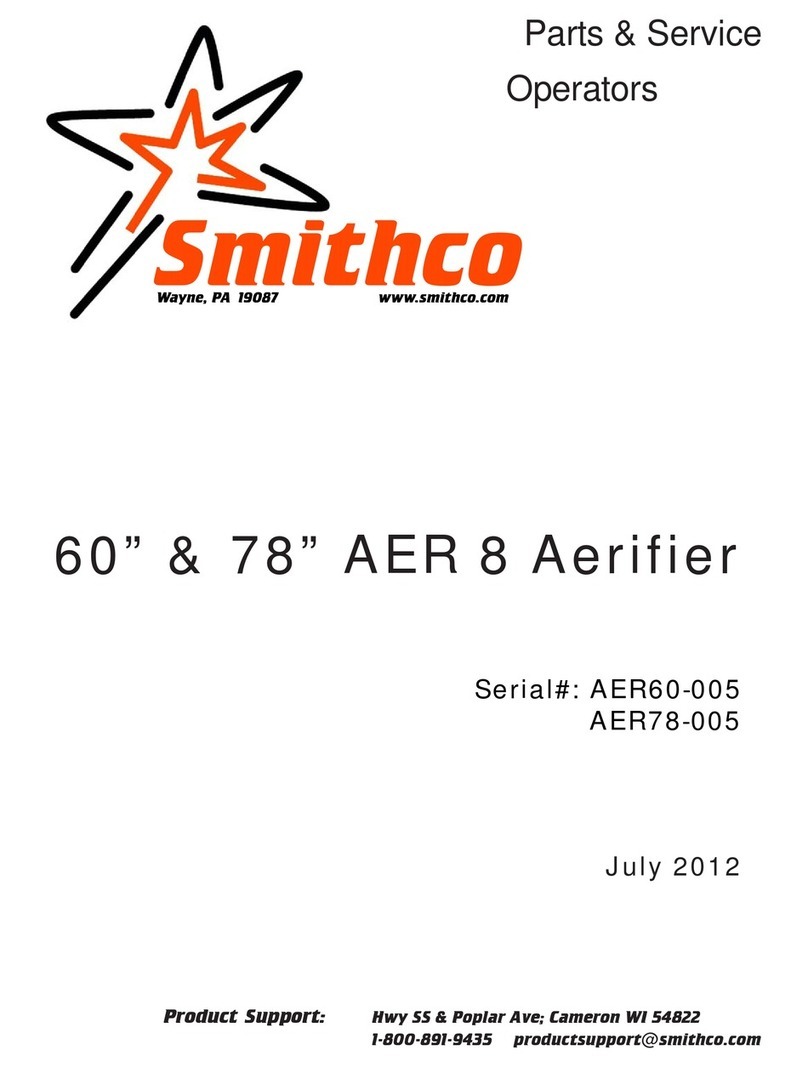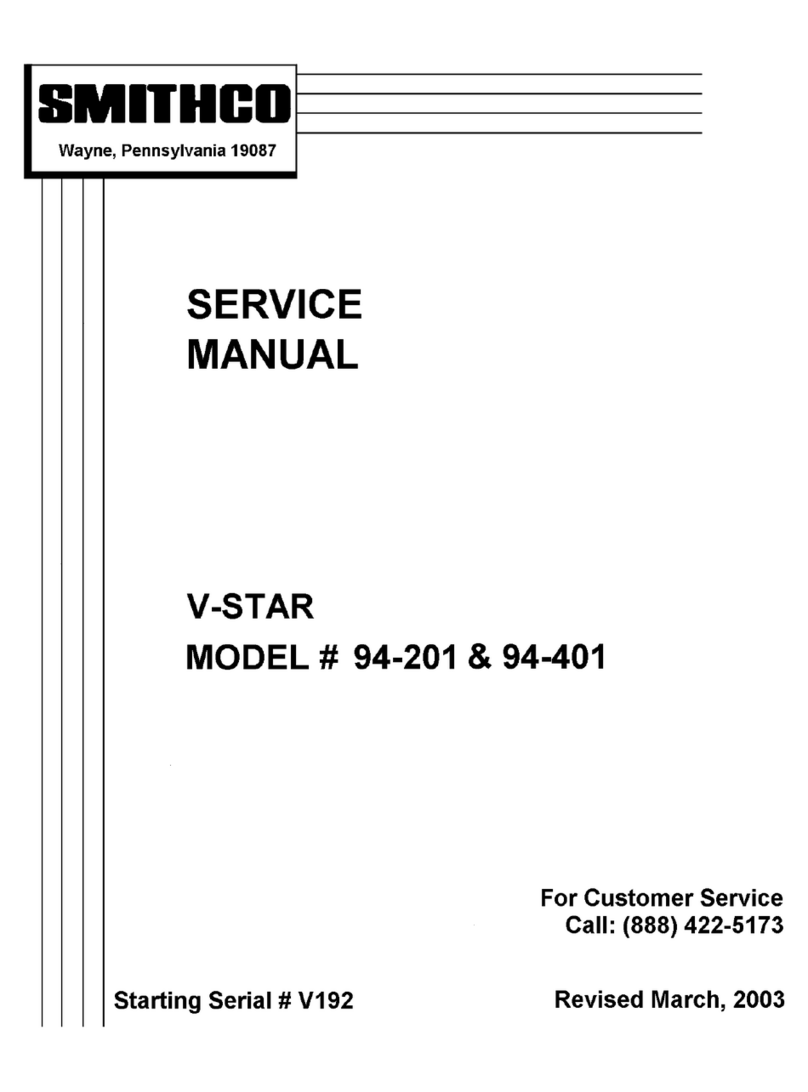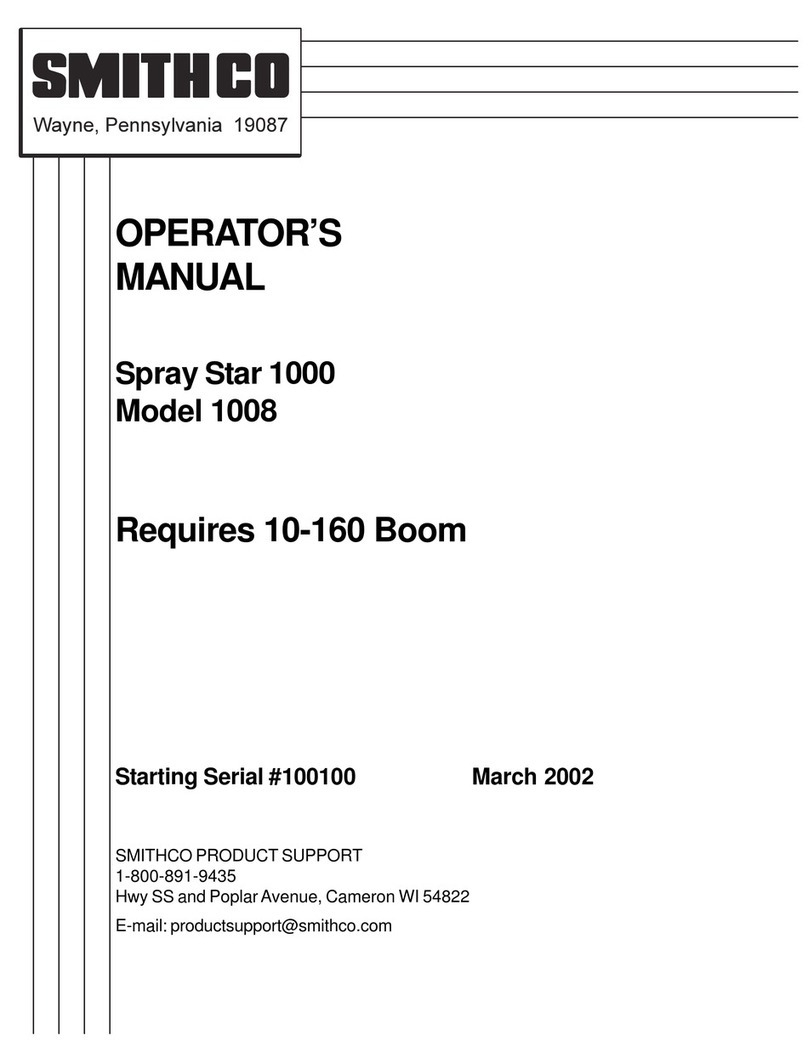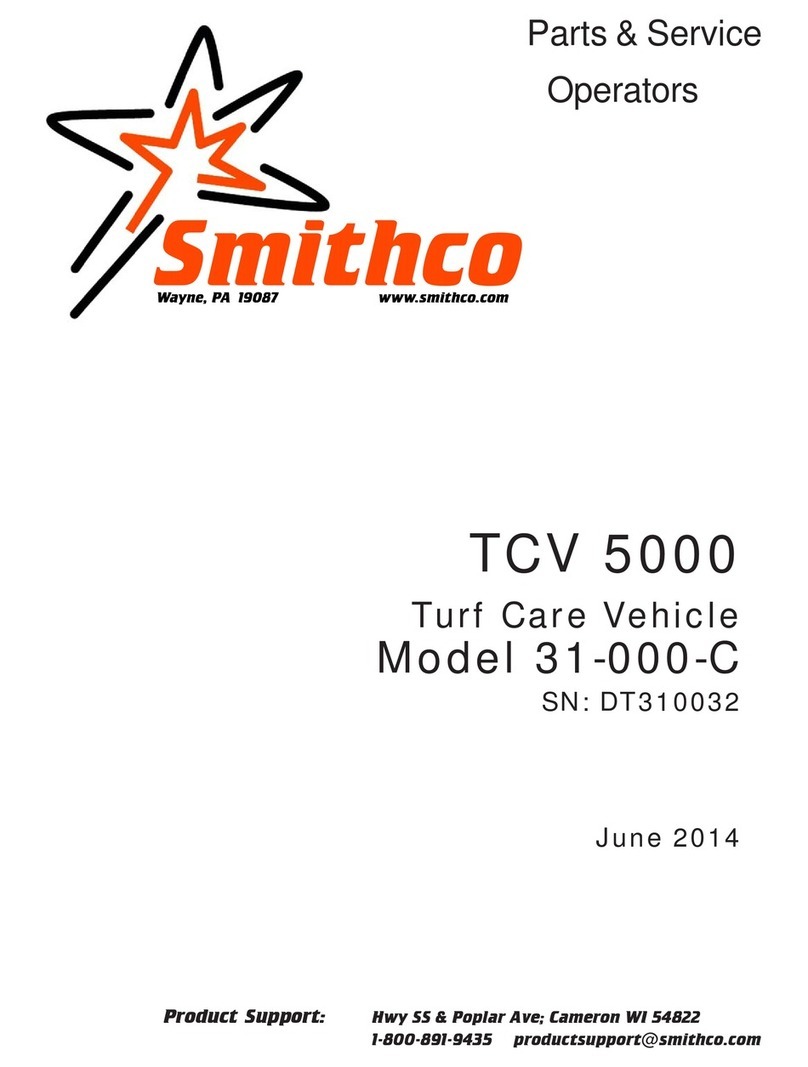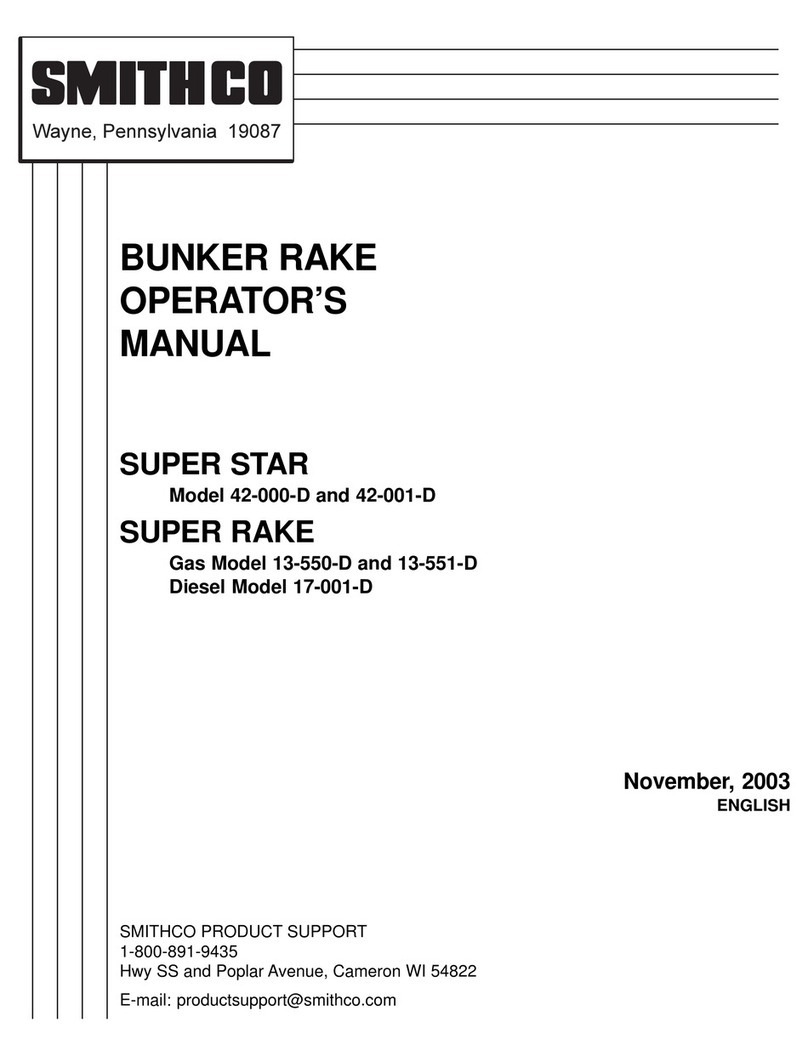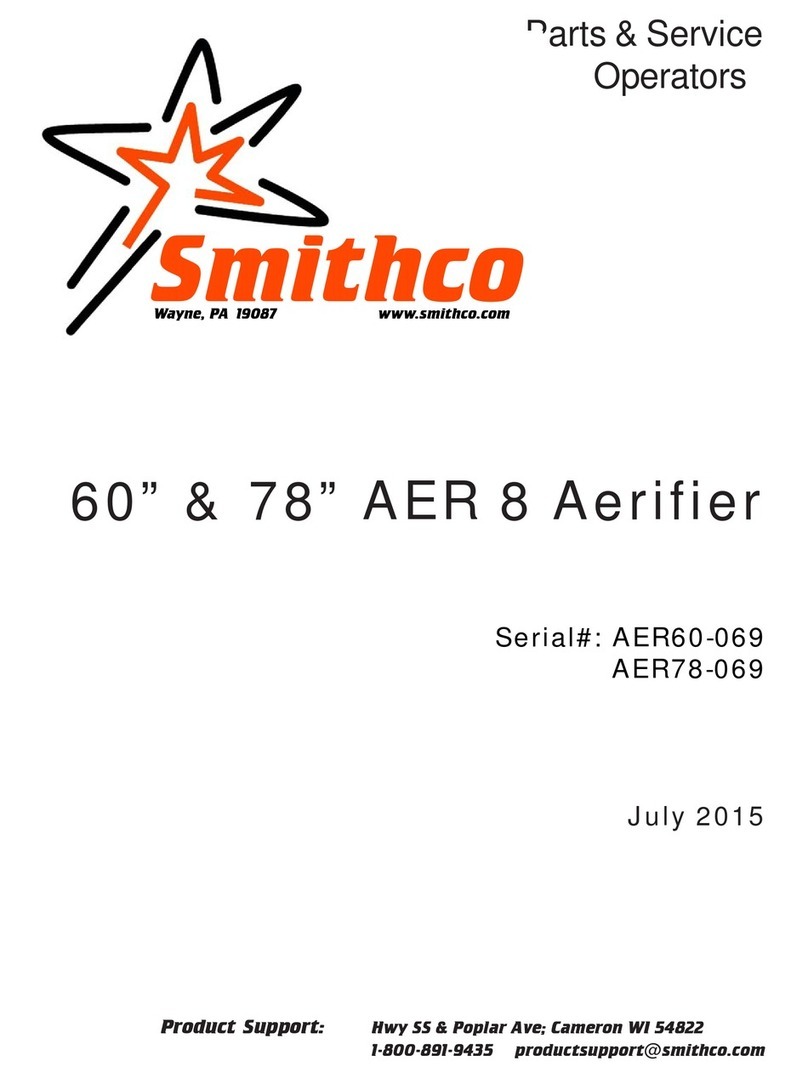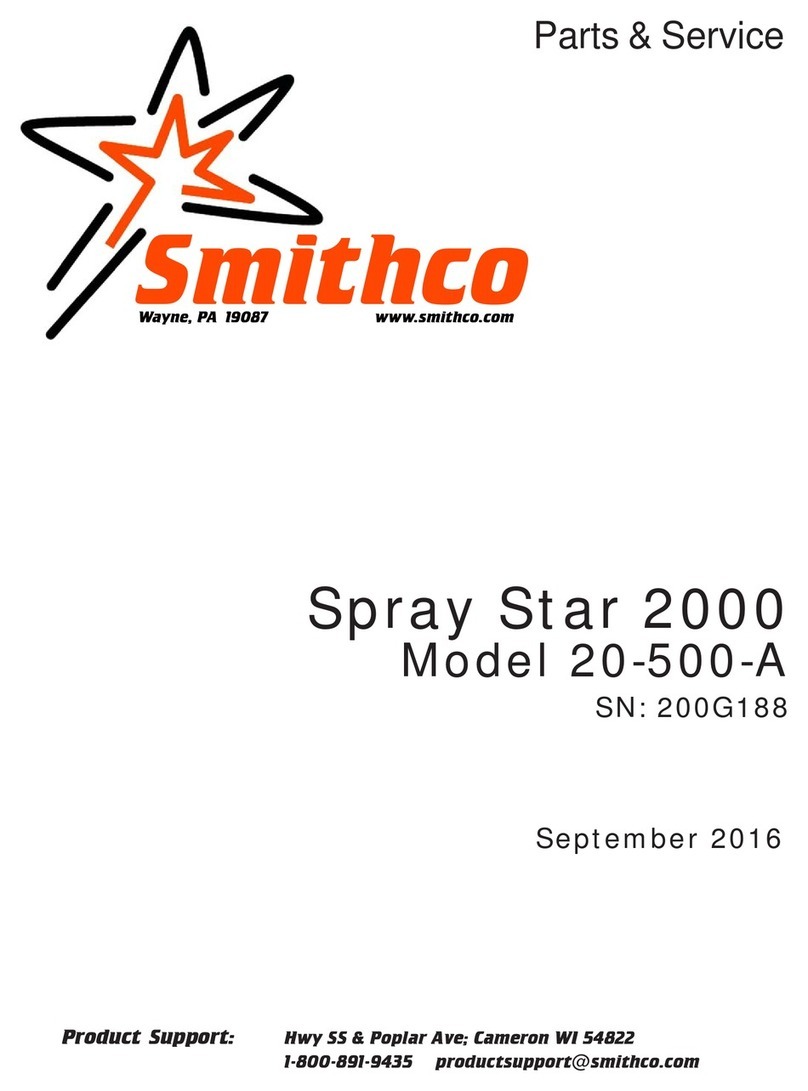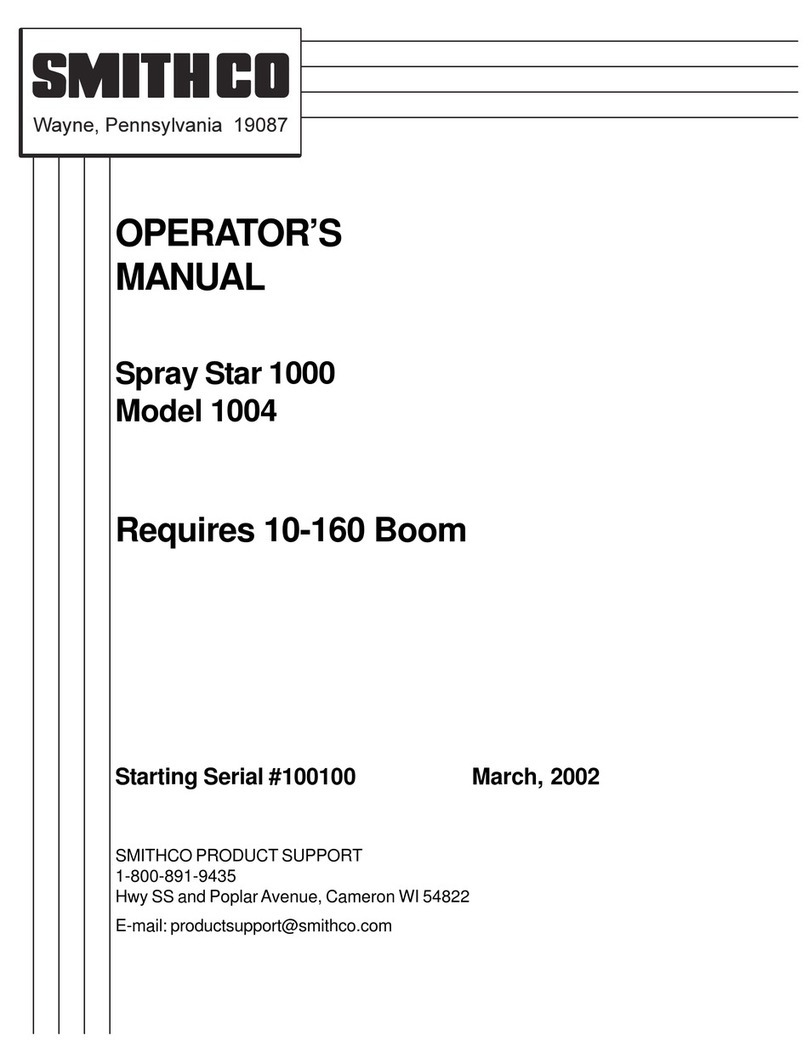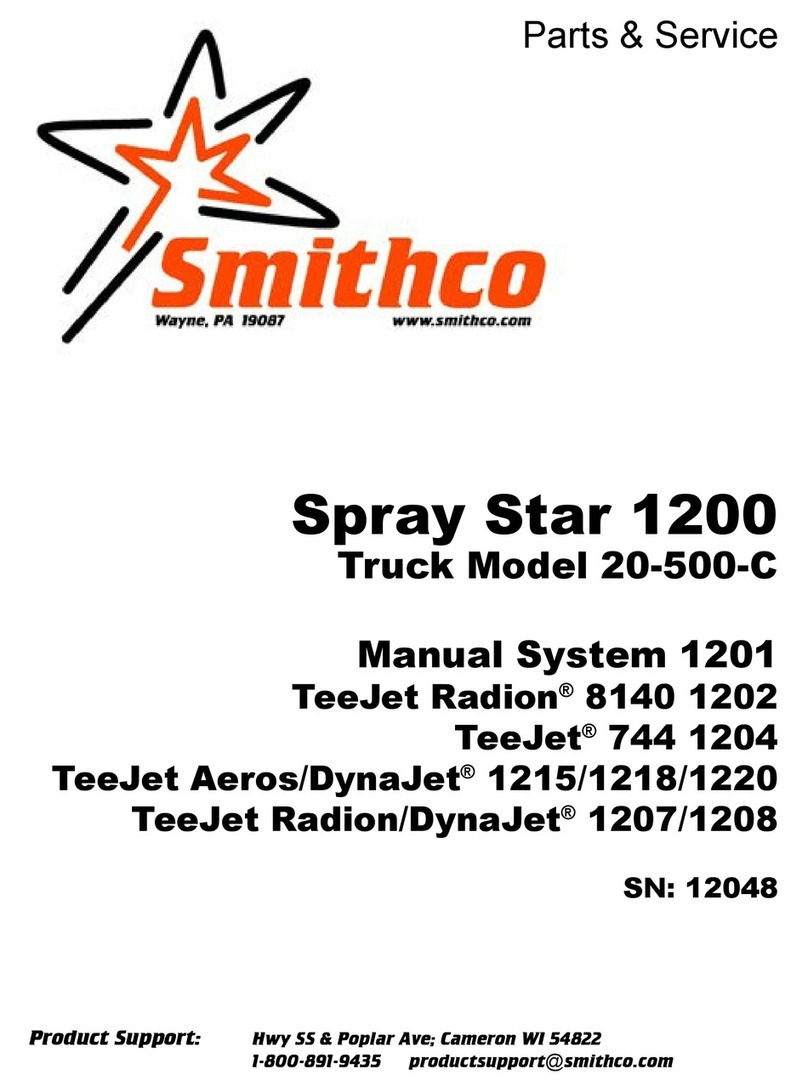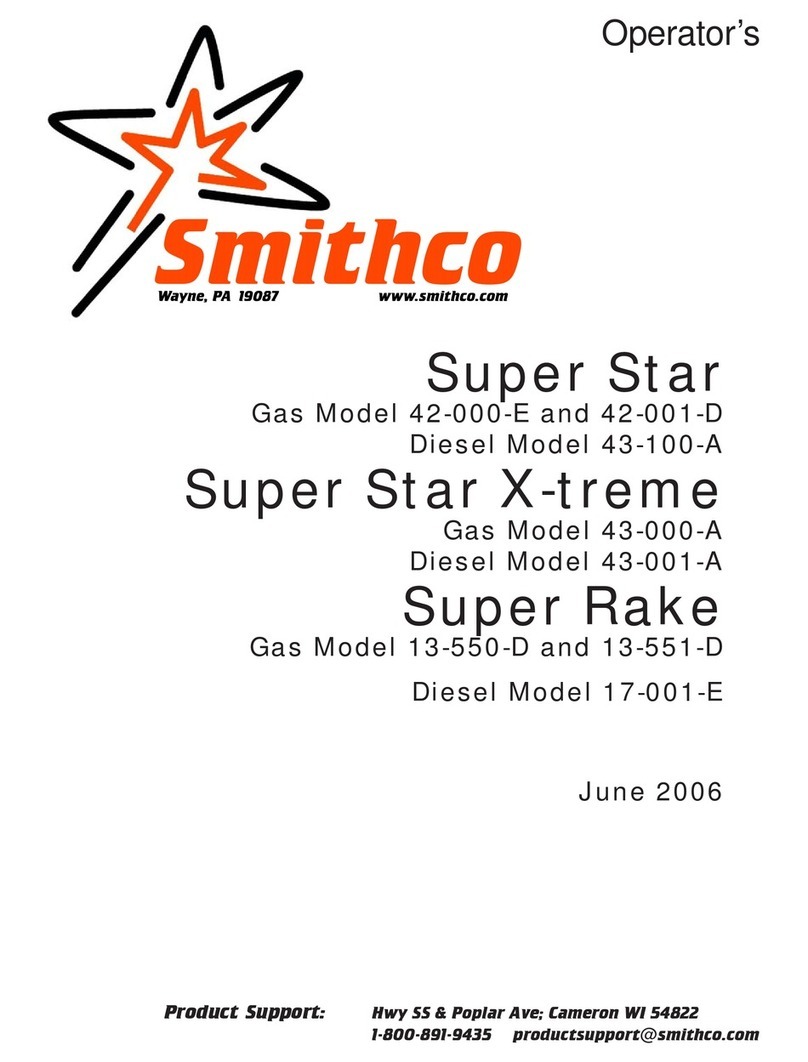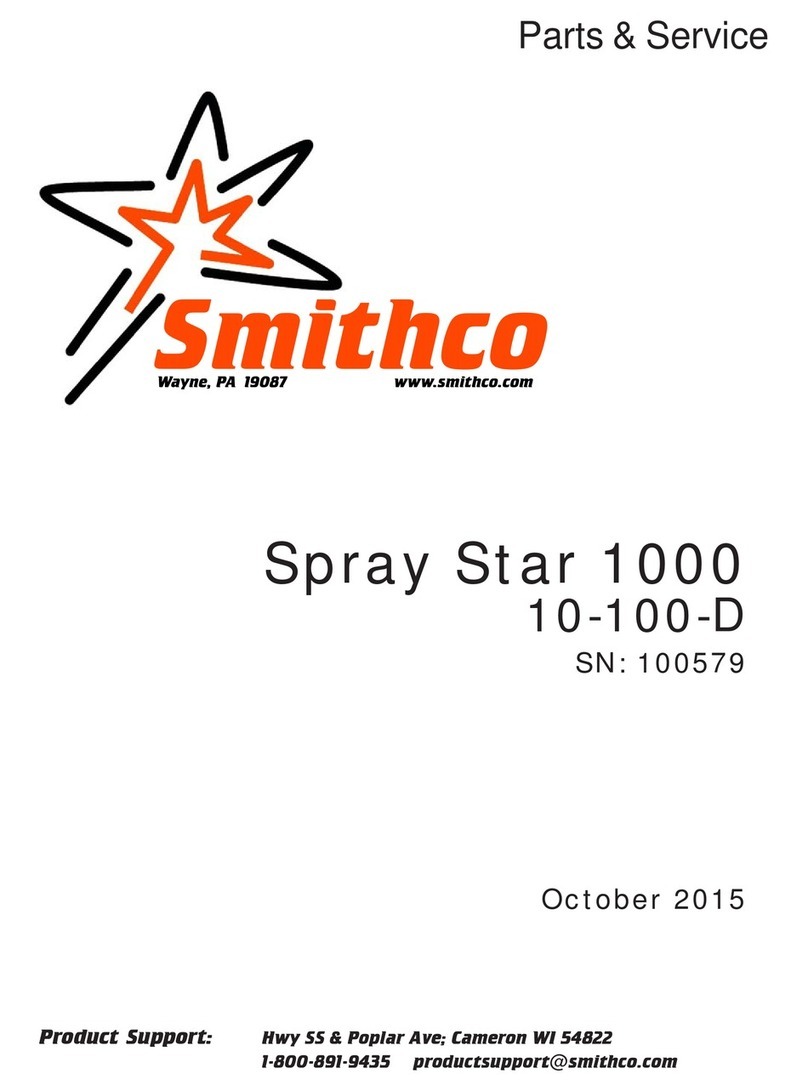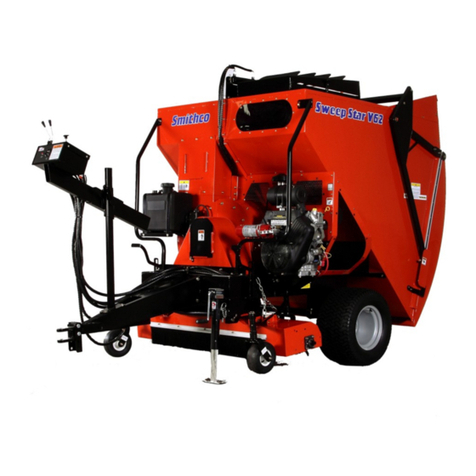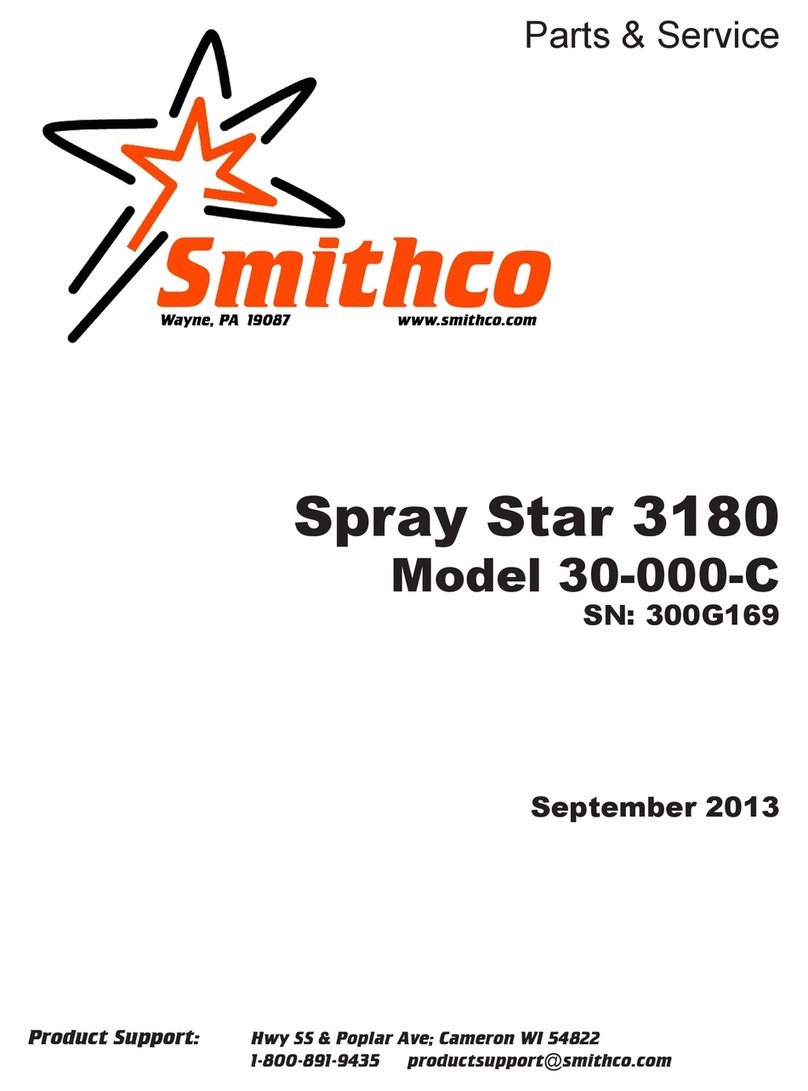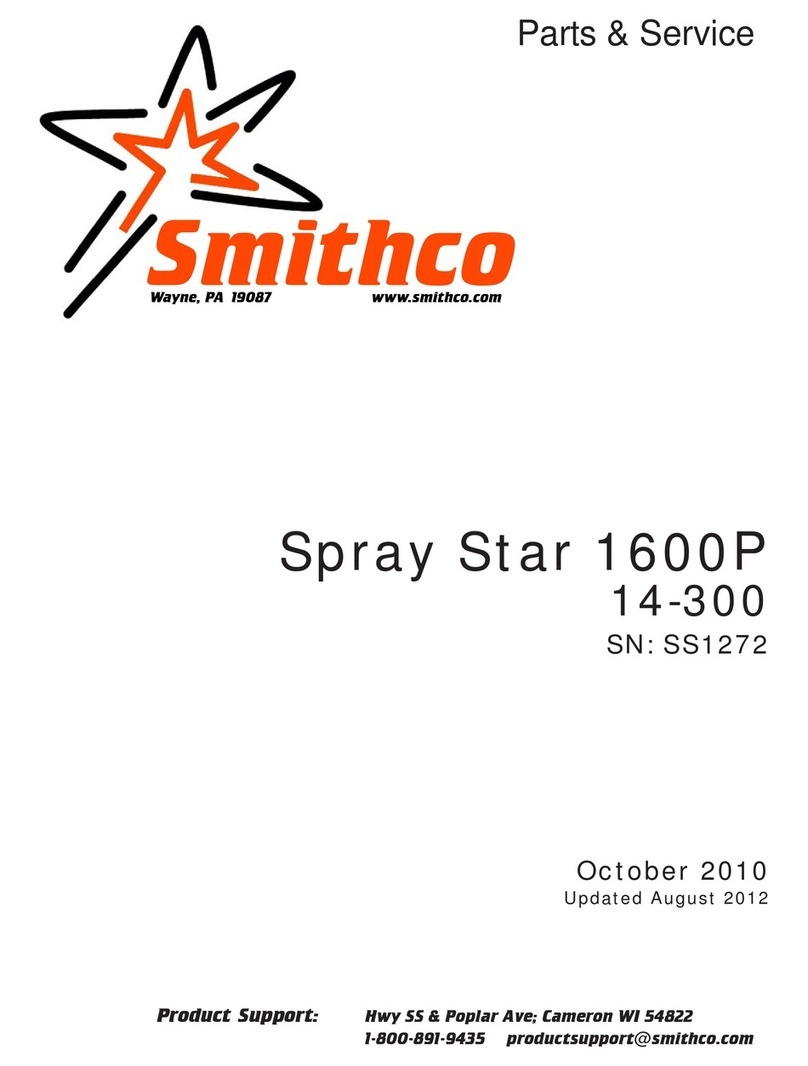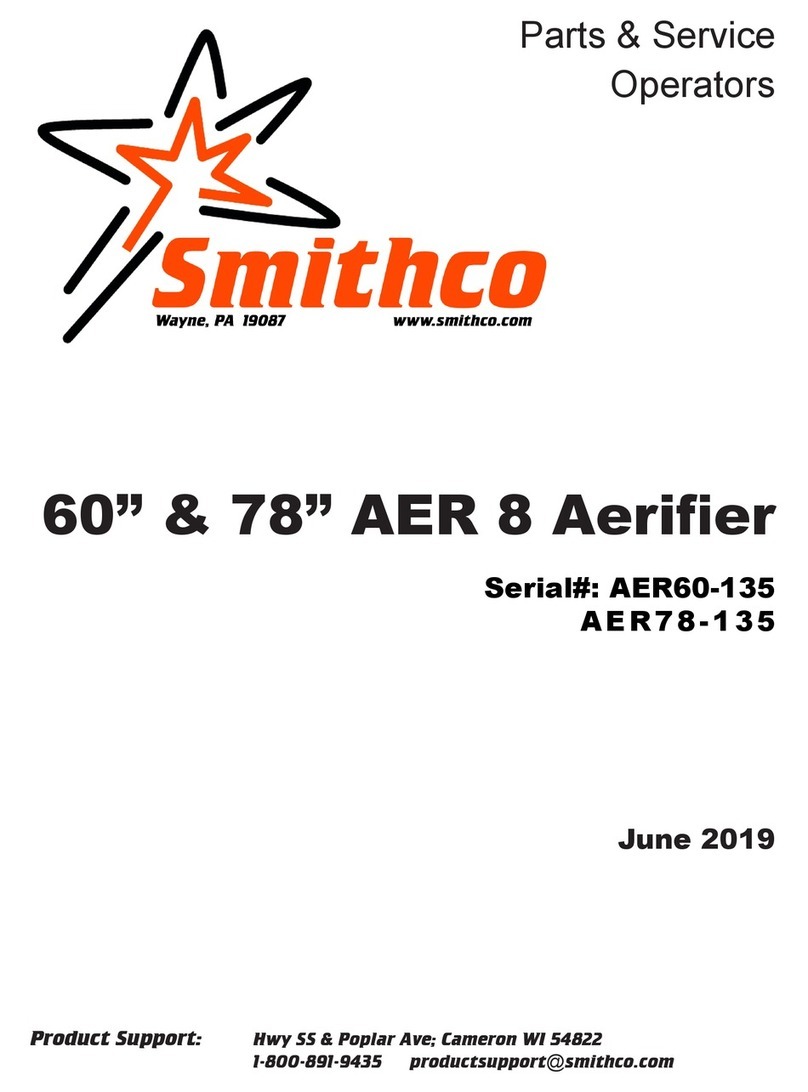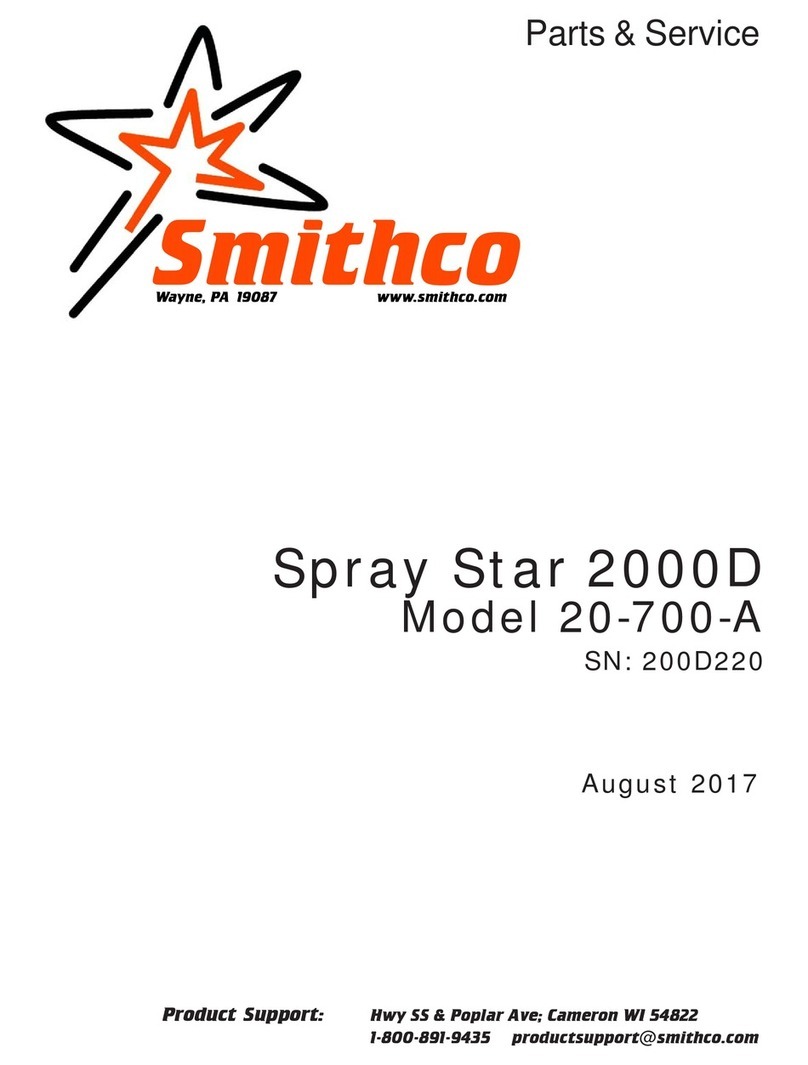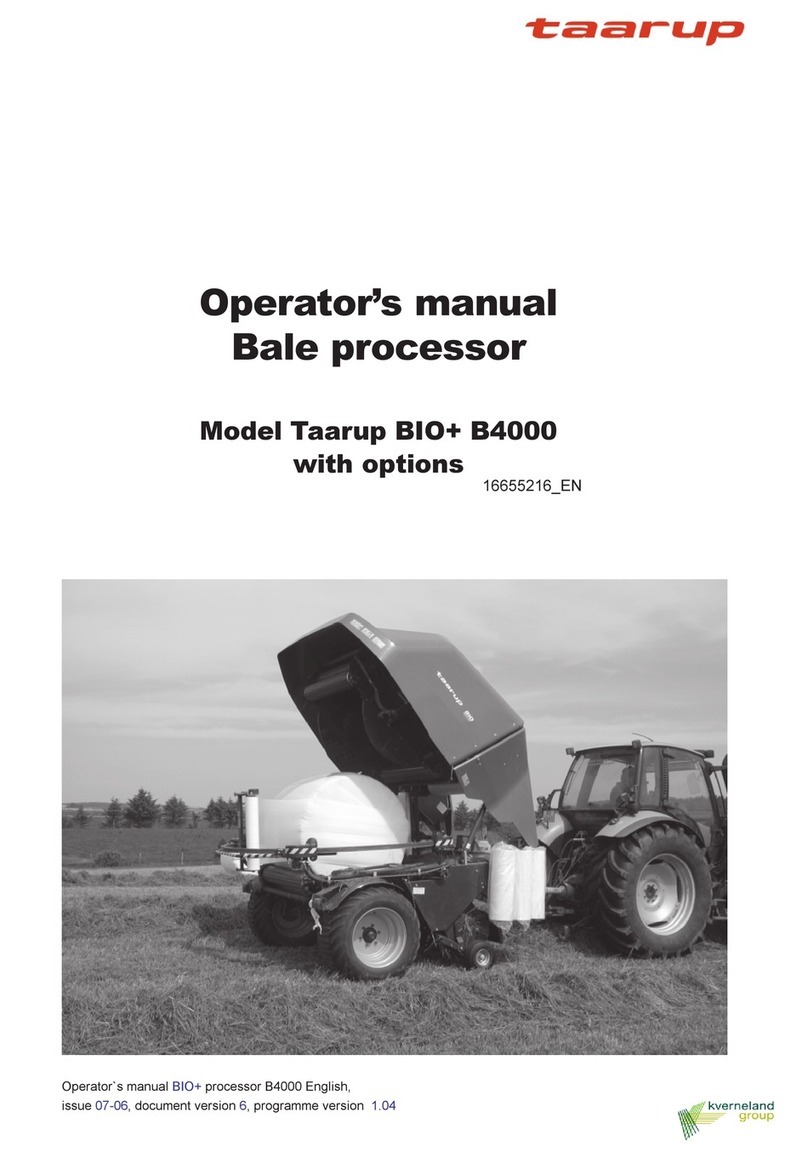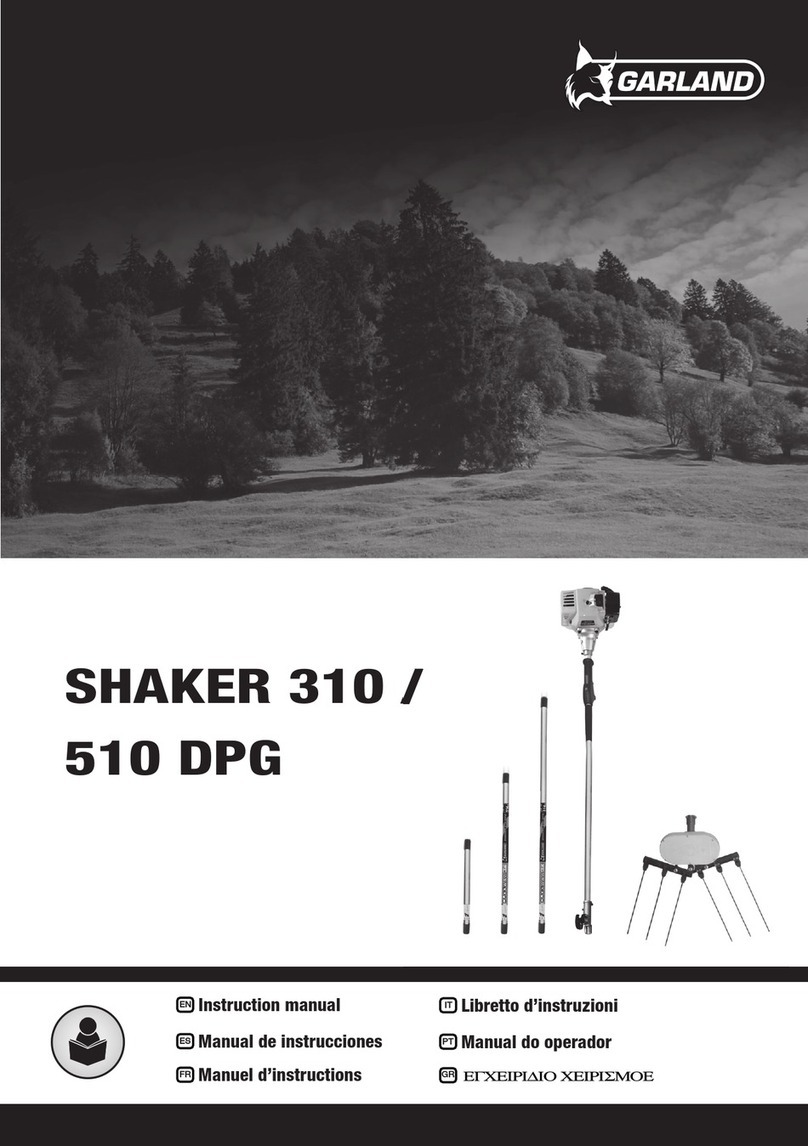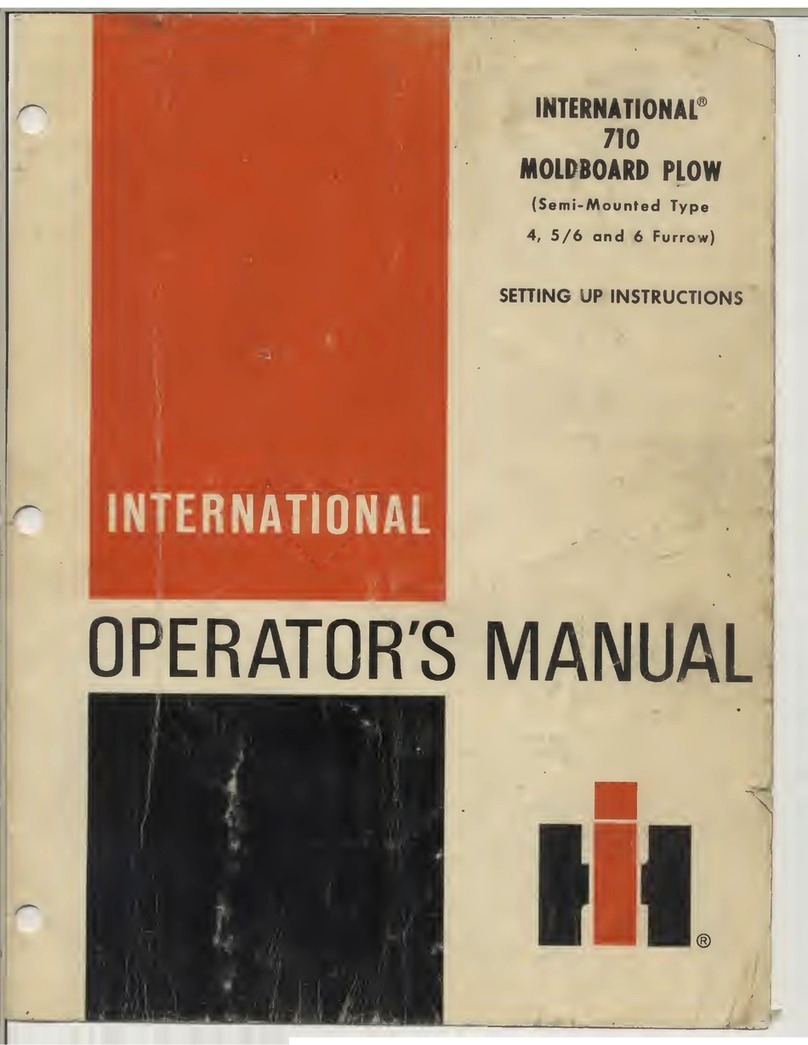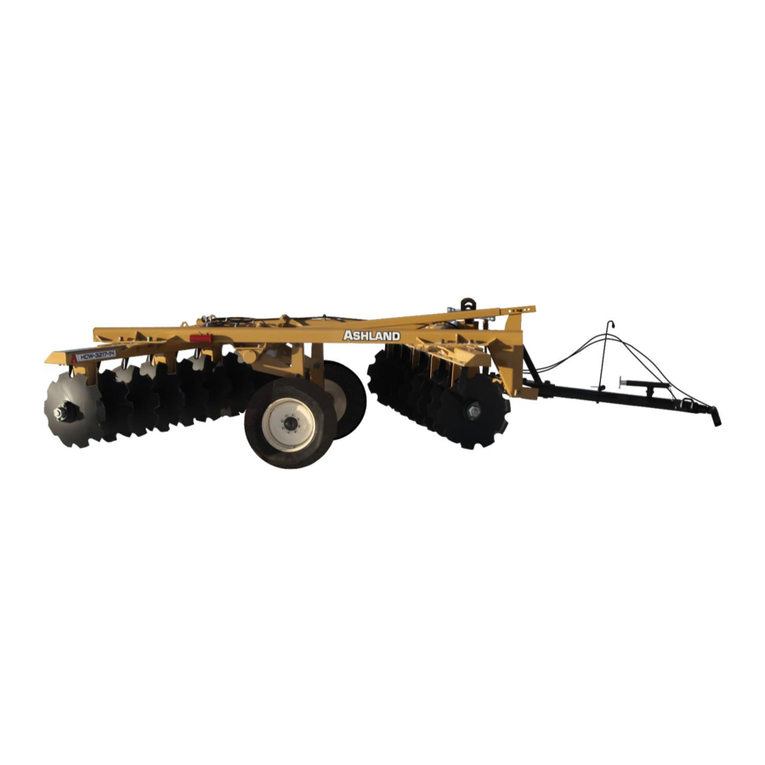
7
Introduction
SETUP
The Spray Star 1000 arrives from setup and ready for service. Depending on freight conditions
thetires, wheels, and steering wheel may havetobe installed.
The spray system is normally shipped attached to the 1000 Prime Mover. If a spray system is to be fitted to a
Prime Mover by a dealer or owner, assemble and attach the components in accordance with the parts drawings
inthismanual.
1. Remove the top and sides from the shipping crate then remove the banding from the Spray Star.
Banding is under tension.
2. Remove the seat, steering wheel and anything else that is in the crate.
3. Lift front end using a hydraulic jack, taking care that the jack is not placed in
alocationthatwould damage any steering system components, install front
wheelsandtorquenutsto64-74ft/lb (87-100 Nm). Then raise rear axle
using a hydraulic jack and install rear wheels and tires, torque lug nuts
to64-74ft/lb(87-100 Nm). Re-torque after the first 10 hours and every
200hours thereafter.
4. Set park brake.
5. Check the tire pressure. The front and rear tires are 20 psi (1.4
bar).
6. Remove the tape holding (Ref B) woodruff key to the shaft. Put
steeringwheel(Ref A) on the shaft of thesteering mechanism
(Ref C). Tighten nut to 30-40 ft/lbs (41-54 Nm). Do not over
tighten.
7. Installtheseat with the stud goingthrough theenginecover
and the flat washers, lockwashers and nuts. Use front set
of holes for shortest distance from foot pedals to seat. Use
back set of holes for longest distance from foot pedal to
seat.
8. Battery NOT furnished.Installa battery automotive type
24F-12 volt; 575 cold cranking amps minimum; (10.25" (26
cm) long x 6.88" (17 cm) wide x 10" (25 cm) high maxi-
mum case) into the battery box, which is located on the left
side of the engine compartment. Place battery into battery
box with posts to the rear. This is a negative grounding
system.
Connecting battery cables to the wrong post
could result in personal injury and/or damage to the electrical system. Make sure battery and
cables do not interfere or rub on any moving part. Connect red positive (+) cable (A) to
battery first. When disconnecting remove black negative (-) cable (B) first.
9. Check hydraulic fluid level in tank located on the left side. Remove cap and add SAE 10W-40API
Service SJ or higher motor oil if necessary. Fluid level should be about 2-21/2" (5-6.4 cm) from the top of
thetankwhencold.DONOTOVERFILL.
10. Fill fuel tank, located on right side, with Unleaded 87 Octane gasoline (minimum).
Gasoline is flammable, caution must be used when storing or handling it. Do not fill fuel tank
while engine is running or an enclosed area, fumes are explosive and dangerous to inhale.
DO NOT SMOKE while filling the fuel tank. DO NOT OVERFILL.
